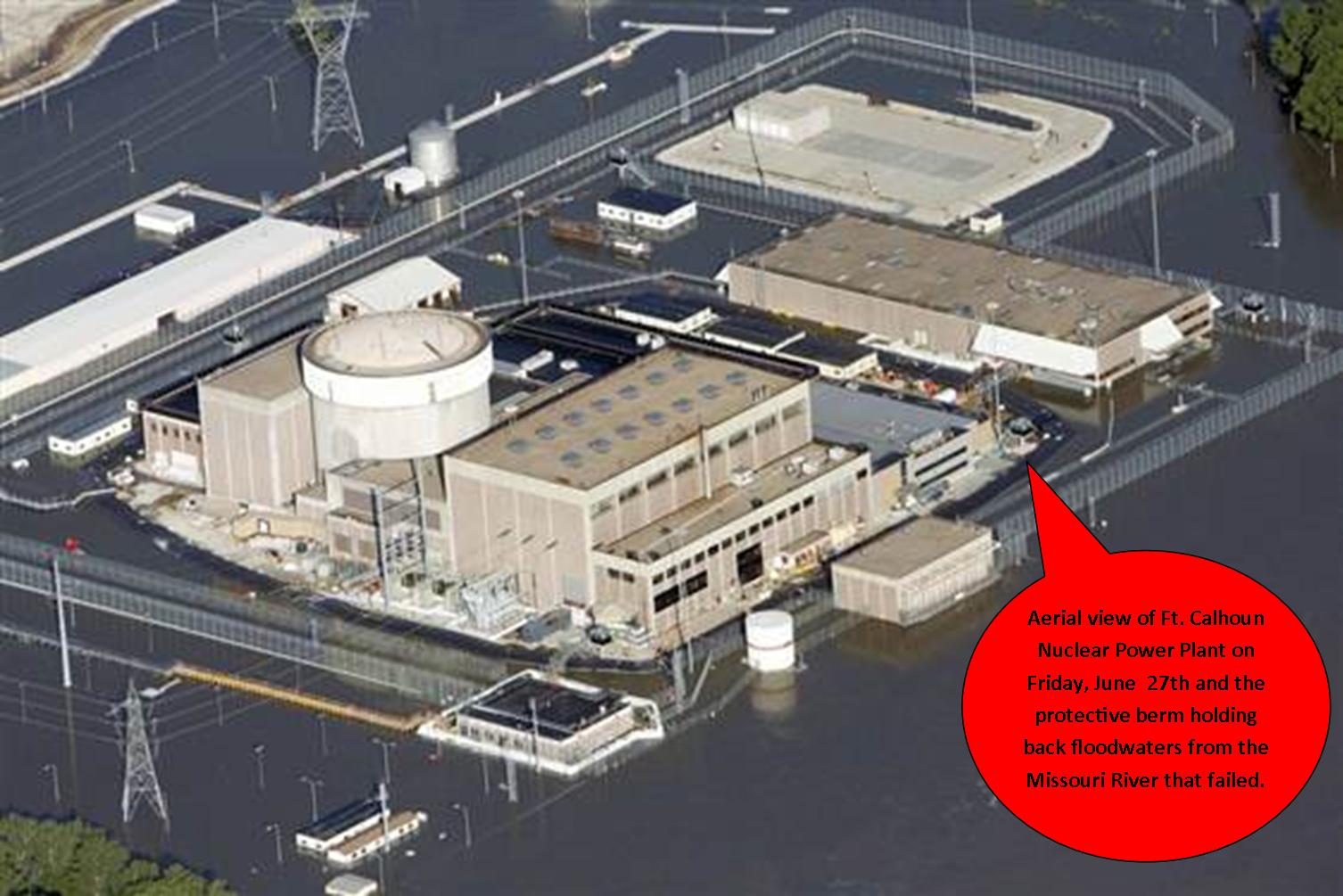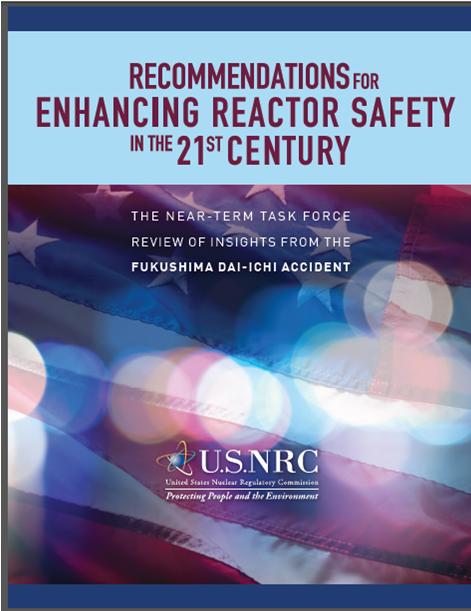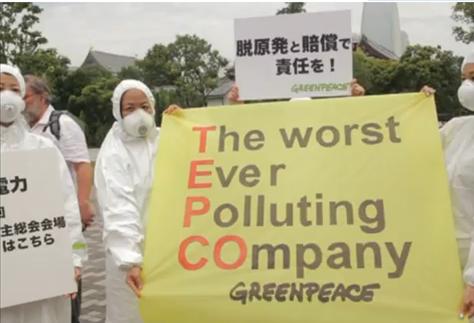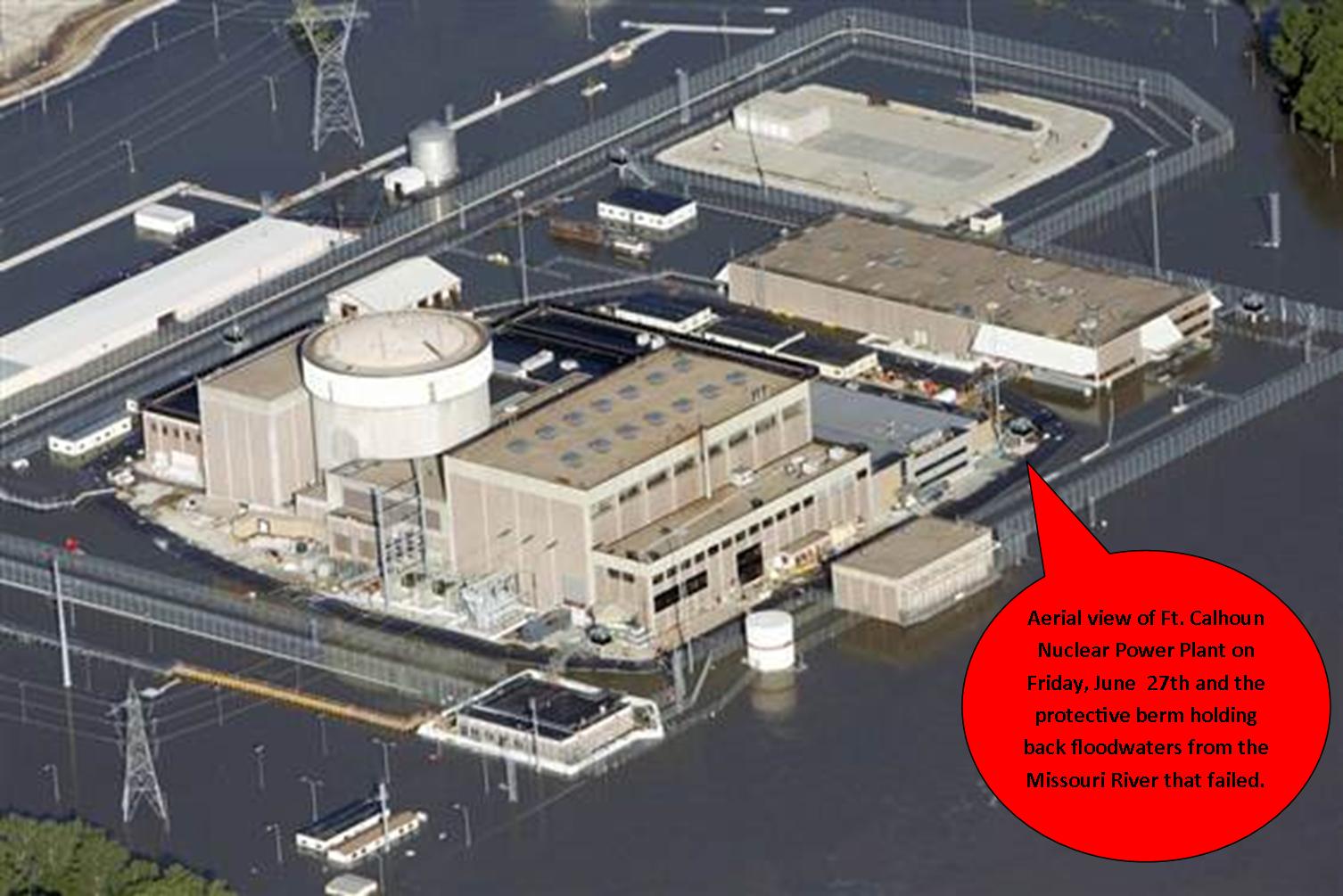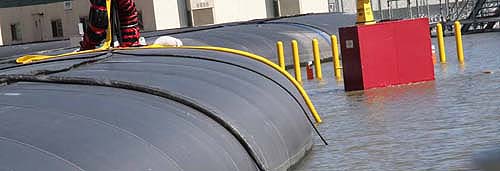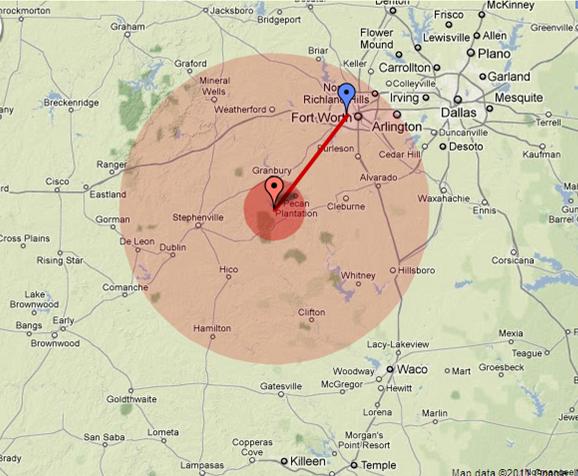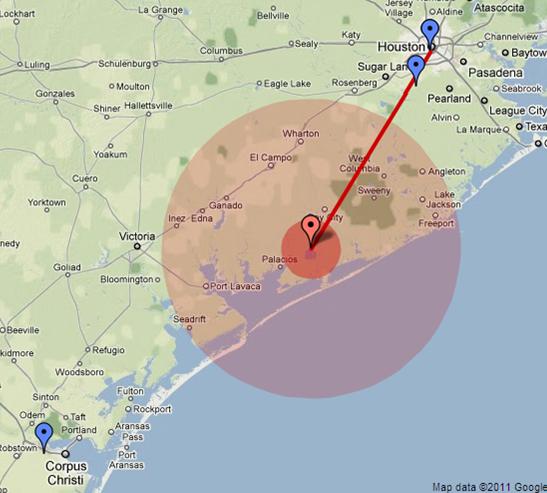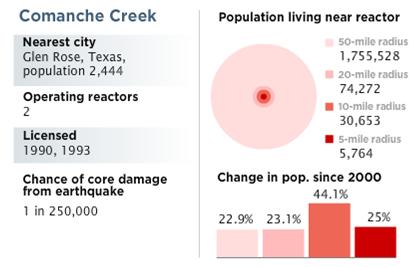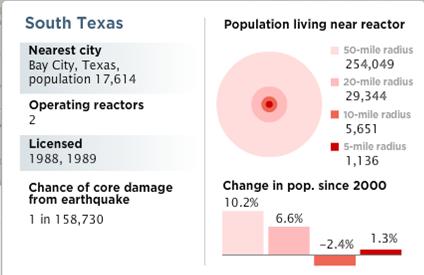A licensing hearing for South Texas Project reactors begins today in Austin, Texas.
The hearing is on the application to expand the South Texas Nuclear plant and raises key issues, especially in light of the explosions, fires and meltdowns at Fukushima.
An Atomic Safety and Licensing Board (ASLB) panel–an independent body within the Nuclear Regulatory Commission (NRC)–will hear oral arguments and conduct an evidentiary hearing beginning at 9:30 a.m. in Room 2210, Building F at the Texas Commission on Environmental Quality (TCEQ), 12100 Park 35 Circle in Austin. On the 18th and 19th the hearing will continue in Building E, Room 201 S at TCEQ.
The public is invited to the hearing, but participation is limited to the parties admitted to the proceeding: the Sustainable Energy and Economic Development (SEED) Coalition, the South Texas Association for Responsible Energy, Public Citizen, the applicant, NINA, and NRC staff.
the Sustainable Energy and Economic Development (SEED) Coalition, the South Texas Association for Responsible Energy and Public Citizen will raise the issue of whether it is possible to control multiple reactors after a fire or explosion at one of the units, and question the need for more reactors since new federal energy efficiency laws are in place.
Another major issue the groups hope to raise is the applicant (Nuclear Innovation North America – NINA) doesn’t meet federal requirements prohibiting foreign ownership, control or domination of a U.S. nuclear facility.
The South Texas Project expansion has been hurting for investors. TEPCO, the owner of the ill-fated Fukushima reactors, will no longer invest in the reactors. Austin Energy has chosen not to invest and City Public Service in San Antonio has reduced its 50% interest to only 7%. Even NRG, the major force behind the reactor project, is no longer investing. The nuclear license is still being sought by NINA- a partnership of NRG Energy and Toshiba – but only Toshiba is an investing partner at this time and it is also a foreign company. Opponents have called for a halt to licensing, especially since a license could be sold in the future.
“Fukushima shows just how dangerous it is to have a lot of reactors in one location. We will raise safety concerns about locating so many nuclear reactors close together,” said Karen Hadden, SEED Coalition’s Executive Director. “We’re raising concerns about the legality of foreign ownership of the proposed reactors.”
“Texas doesn’t need or want more nuclear power,” said Tom “Smitty” Smith of Public Citizen’s Texas office. “We have safer, cleaner and more affordable energy options available today. New federal building codes and appliance standards will improve efficiency, making the two additional nuclear plants unnecessary. San Antonio’s reduced nuclear project share is being replaced through energy efficiency, wind and solar power and natural gas.”
Background
The South Texas Project COL application was submitted to the NRC on Sept. 20, 2007, the first such application in the United States in nearly 30 years. The license would allow construction and operation of South Texas Project reactors 3 & 4 at the existing Bay City, Texas site.
Over the past four years, the proposed nuclear project has experienced:
- Cost estimates that have skyrocketed from $5.6 billion to over $18 billion.
- A major pull-back by NRG’s partner, San Antonio’s CPS Energy, from a 50% stake down to 7%, which left a huge investor gap.
- NRG Energy and TEPCO will no longer invest in the project. Previously anticipated loan guarantees from Japan now appear unlikely. Despite the lack of further investment, NINA continues to seek a license for the proposed reactors. NRG will give Toshiba $20 million for this purpose.
Individuals or groups not admitted to the proceeding can submit “written limited appearance statements” to the ASLB. Anyone wishing to submit a written statement can email hearingdocket@nrc.gov, or fax to (301) 415-1101, or send mail to: Office of the Secretary, Attn. Rulemaking and Adjudications Staff, U.S. Nuclear Regulatory Commission, Washington, DC 20555-0001. In addition, copies of written statements should be sent to Michael.Gibson@nrc.gov and Jonathan.Eser@nrc.gov; by fax to (301-415-5599), or by mail to: Administrative Judge Michael M. Gibson, Atomic Safety and Licensing Board Panel, Mail Stop: T-3F23, U.S. Nuclear Regulatory Commission, Washington, DC 20555-0001.
Documents related to the South Texas Project COL application are available on the NRC website. Documents pertaining to the ASLB proceeding are available in the agency’s electronic hearing docket. NOTE: Anyone wishing to take photos or use a camera to record the hearing should contact the NRC Office of Public Affairs beforehand.
